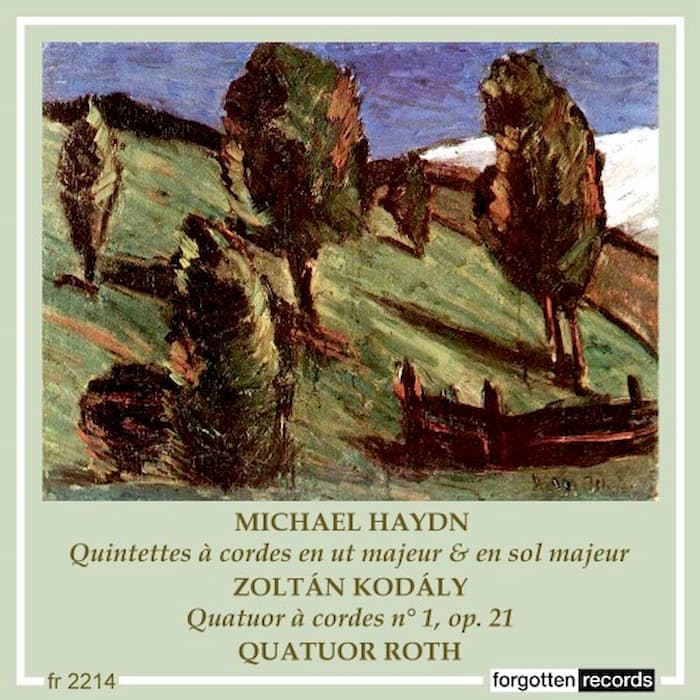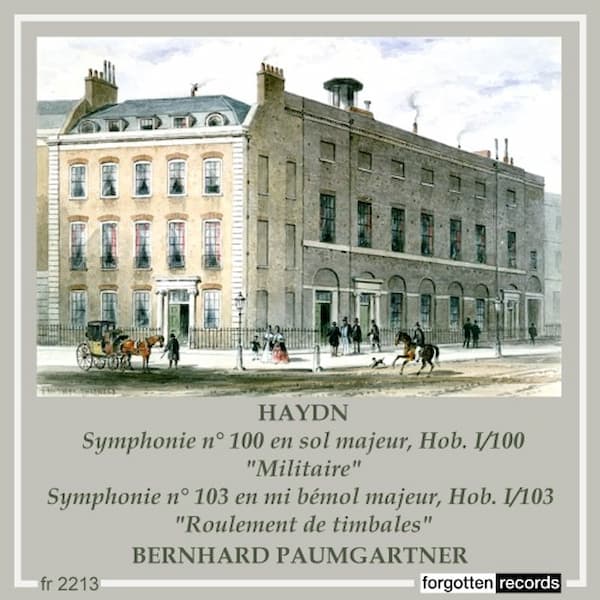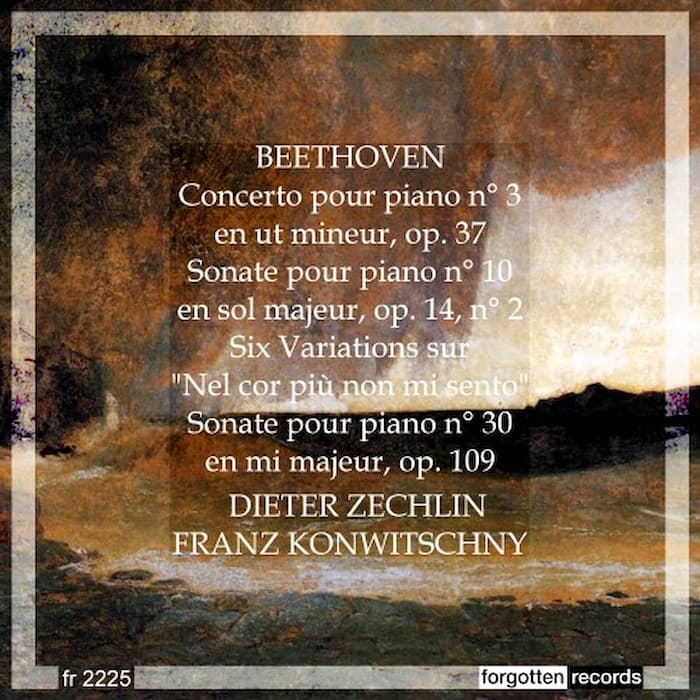Inspired by the works of the Spanish Romantic painter and printmaker Francisco José de Goya y Lucientes (1746–1828), Goyescas by Enrique Granados (1867–1916) was a 6-part suite for piano, written in 1911. In 1915, he transformed the piano works into a one-act opera with the same title, Goyescas. It received its debut at the Metropolitan Opera on 28 January 1916.
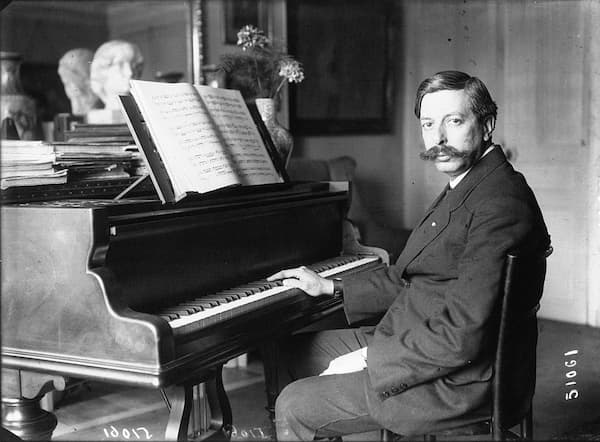
Agence de presse Meurisse: Enrique Granados, 1914
Note the date. Originally written for the Paris Opera, WWI prevented its opening there and caused its removal to New York. It was the first opera presented at the Met in Spanish and was paired with another one-act opera, Leoncavallo’s Pagliacci.
To create the opera, Granados expanded on the themes he’d written for the earlier piano work, orchestrating them and augmenting their ideas. In this rare case, the libretto by Fernando Periquet y Zuaznabar had to fit the music rather than the music fitting the words of the libretto. The imagery comes straight from Goya’s images of majos and majas, known for their bohemian attitude and for their finery. The costumes for the opera, by G. B. Santoni, followed the paintings of Goya.
The story is one of jealousy and honour, with Fernando, captain of the royal guard, pursuing the high-born Rosario. He believes she’s flirting with Paquiro, who is the intended target of Pepa.
In the second tableau, Pepa and Paquiro take advantage of Fernando’s jealousy and, in the end, Paquiro and Fernando are going to meet for a duel.
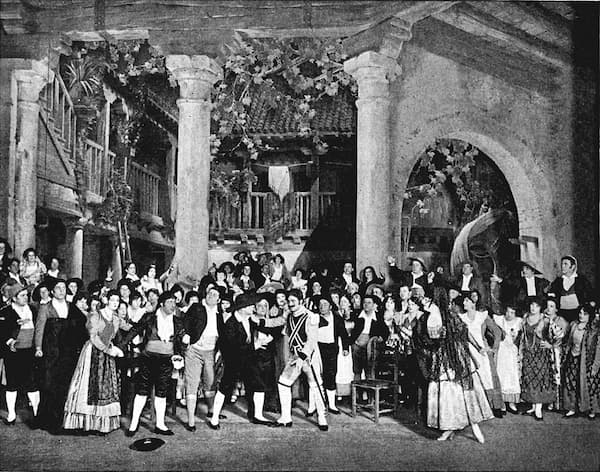
Pepa (black apron) and Paquiro (hat on the floor) are held back from Fernando (in uniform) while Rosario watches from the side,
1916 Met production
At the start of the third tableau, Fernando and Rosario meet, and he assures her he will be the victor.

Anna Fitziu (Rosario) and Giovanni Martinelli (Fernando), 1916 Met production
However, Paquiro mortally wounds Fernando, who returns to die in Roasario’s arms. The last image was based on a 1799 print by Goya, El amor y la Muerte (Love and Death).

Goya: Caprichos: No. 10: El amor y la Muerte, 1799 (Museo del Prado)
The opening night review in the New York Times praised its ‘brilliant national colour’ and the authenticity of the music. The review also praises Granados’ ability to reach a more profound element in the music than was expected. ‘The music has a haunting power’, the reviewer says. The storyline, on the other hand, was dismissed as little more than stock characters. ‘The life they have they derive from the vitality of Mr. Granados’s music’, the reviewer writes. The second tableau opens with an Intermezzo, and it is this work that is all that is left in the modern repertoire.
The opera was given five performances at the Met and has rarely appeared even on other stages. The original score is lost, having gone down with the composer and his wife when their boat was sunk in the English Channel by a German U-boat on 24 March 1916.
Enrique Granados: Goyescas – Intermezzo
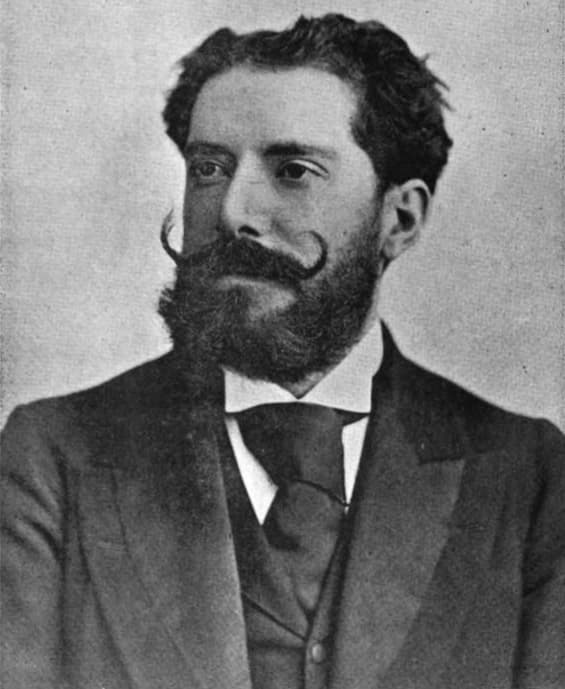
Enrique Fernández Arbós, 1894
This recording of the Intermezzo was made in 1928 with Enrique Fernández Arbós leading the Madrid Symphony Orchestra. He was principal conductor of that orchestra from 1904 until his death in 1939.
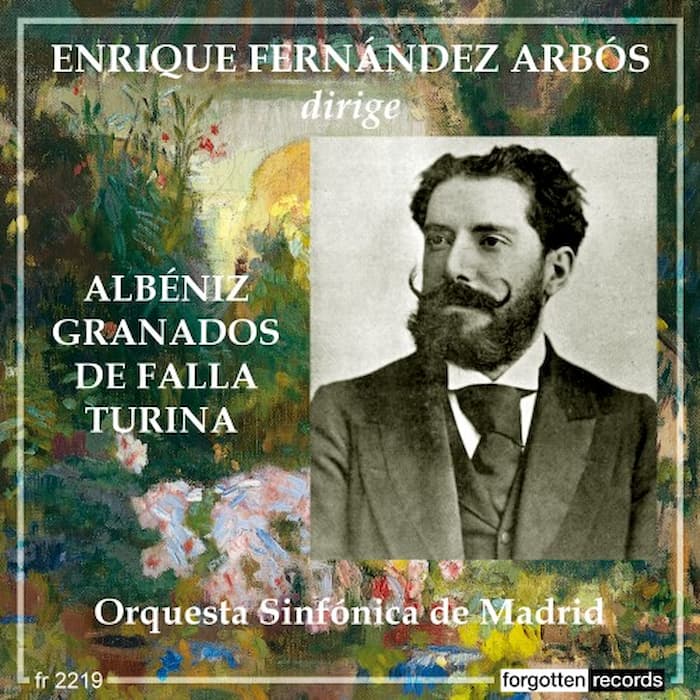
Performed by
Enrique Fernández Arbós
Madrid Symphony Orchestra
Recorded in 1928
Official Website
For more of the best in classical music, sign up for our E-Newsletter

